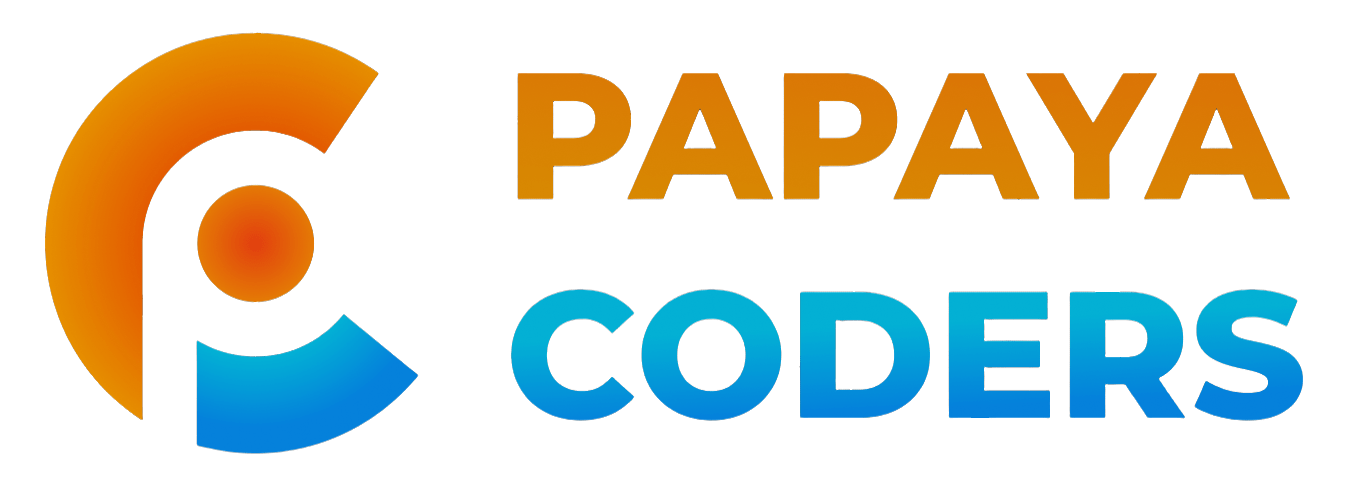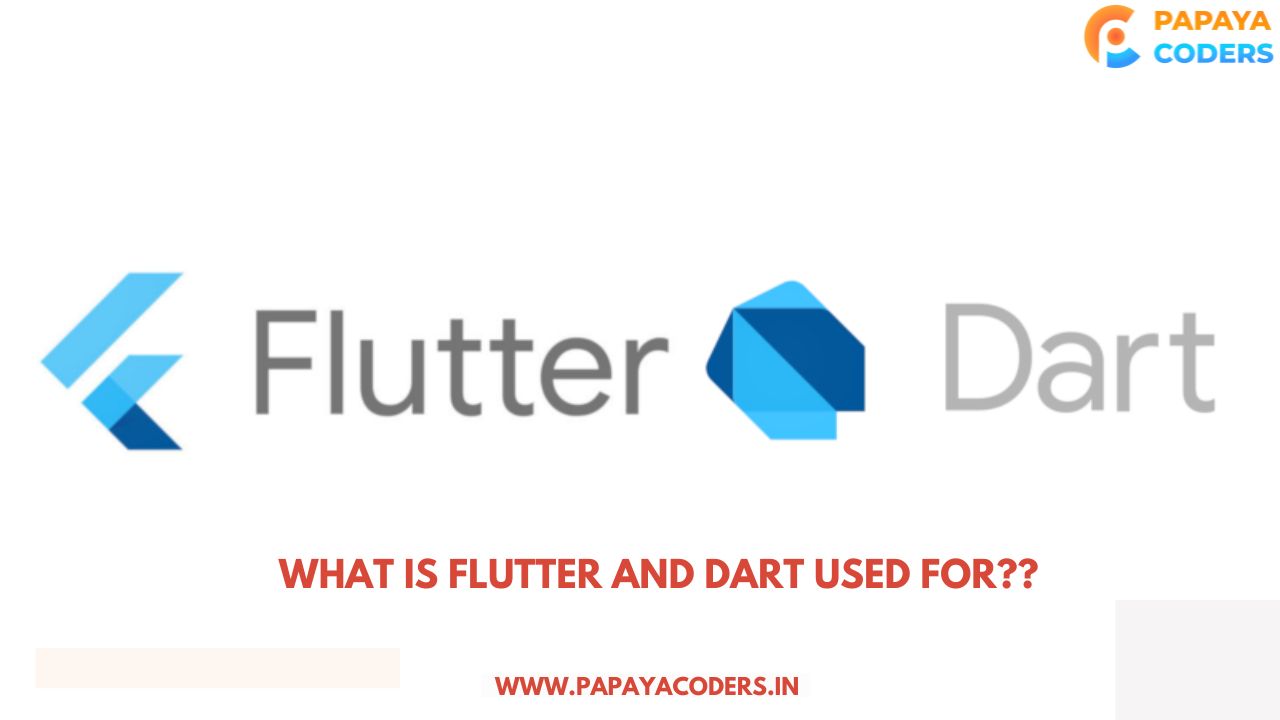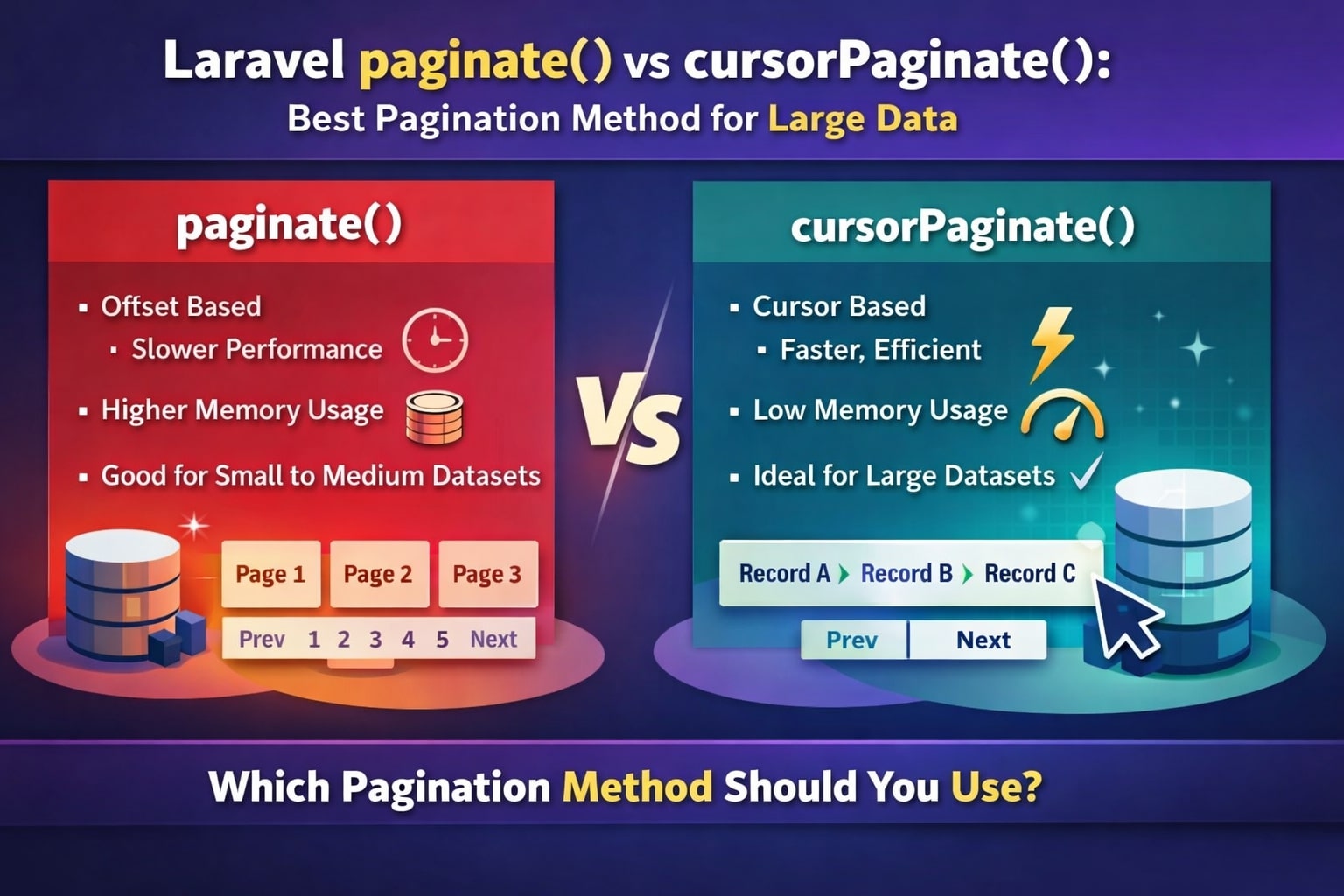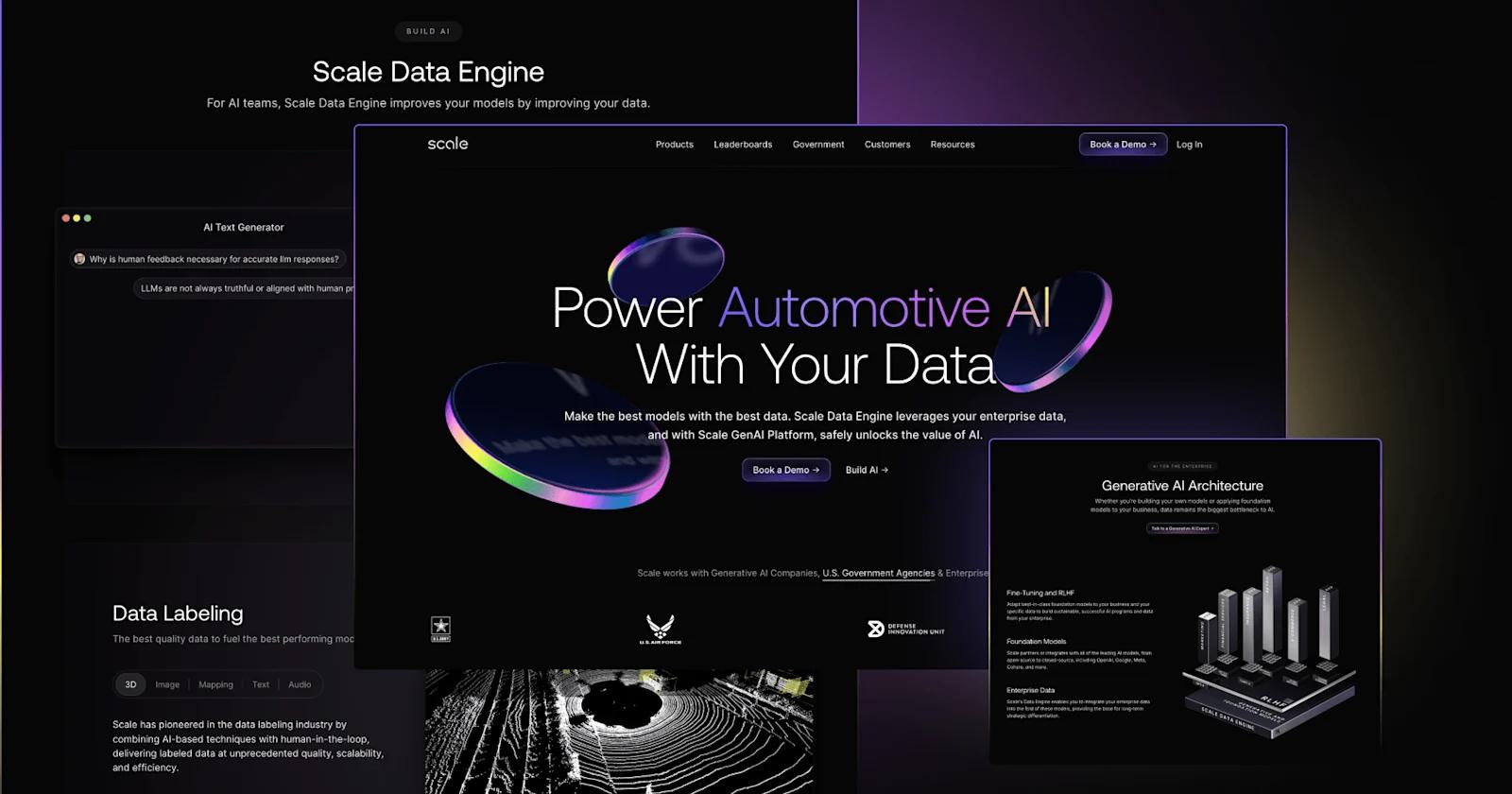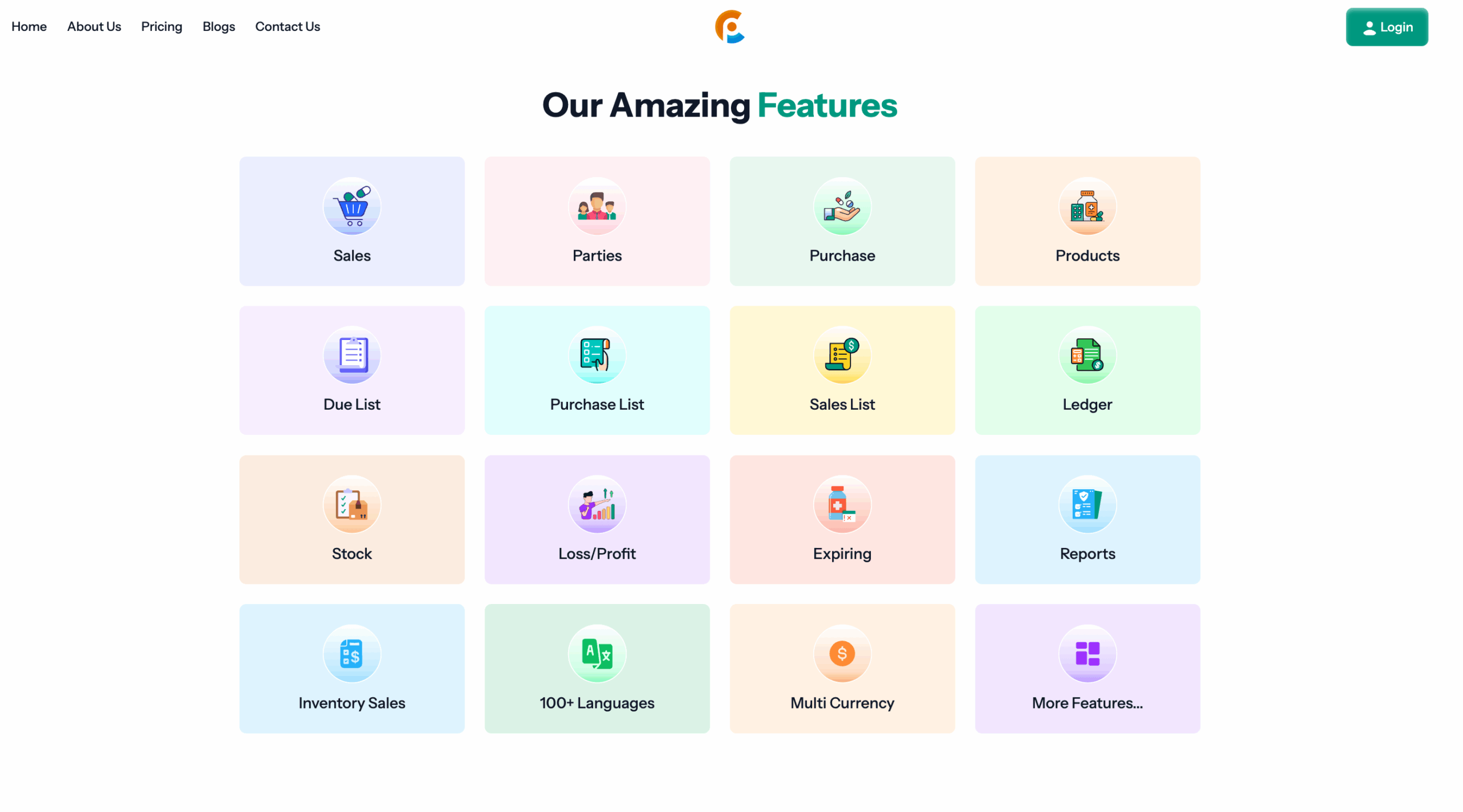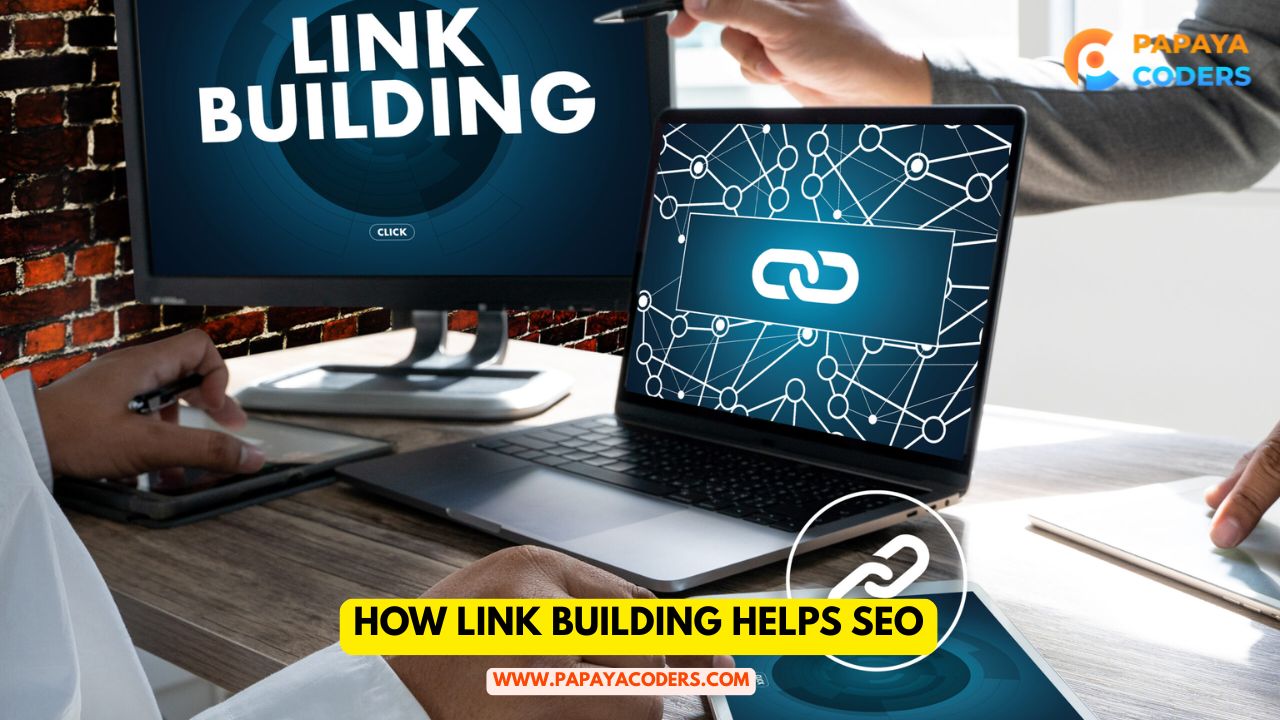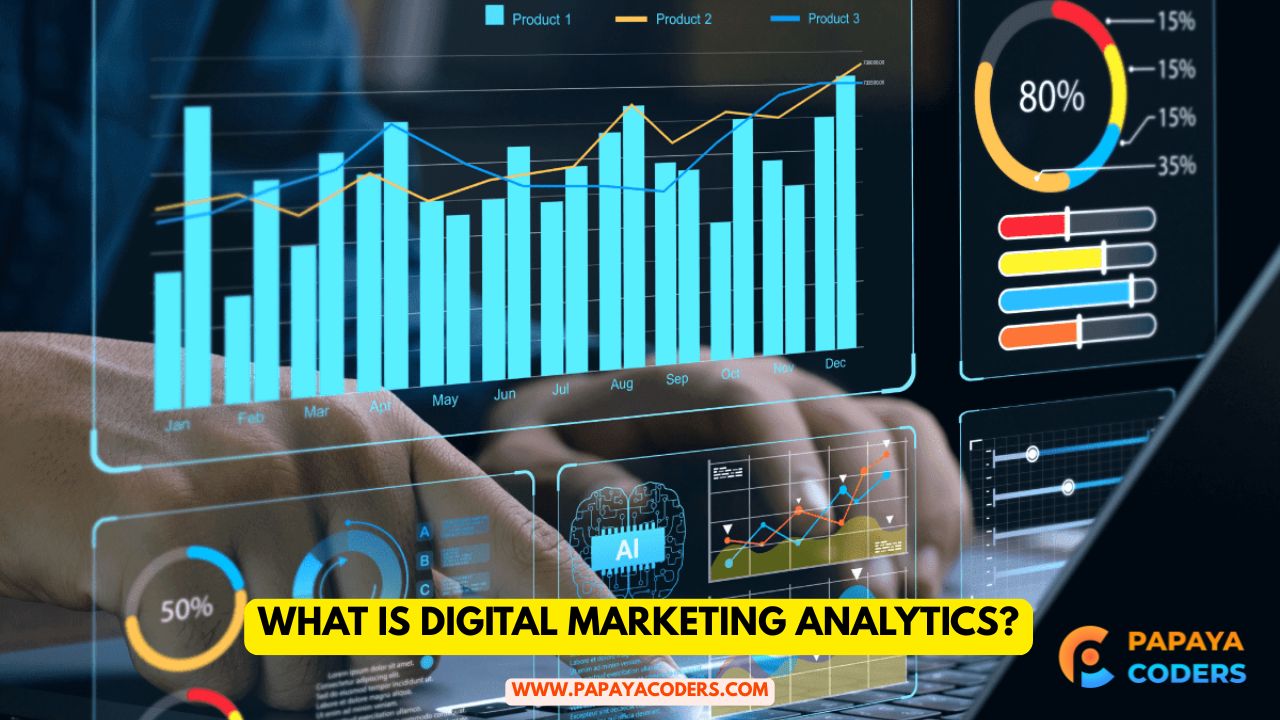In the constantly evolving world of software development, Flutter and Dart have emerged as a powerful duo that has revolutionized how developers build cross-platform applications. Flutter, a UI toolkit, and Dart, its programming language, have gained significant momentum among developers and businesses.
This blog explores What Flutter and Dart used for purposes, benefits, and real-world applications of Flutter and Dart and provides insights into why they are important in modern app development.
What is Flutter?
Flutter is an open-source UI software development toolkit created by Google. It allows developers to create mobile, web, and desktop applications that compile seamlessly from a single codebase. Since its launch in 2017, Flutter has become popular for creating visually appealing, high-performance applications.
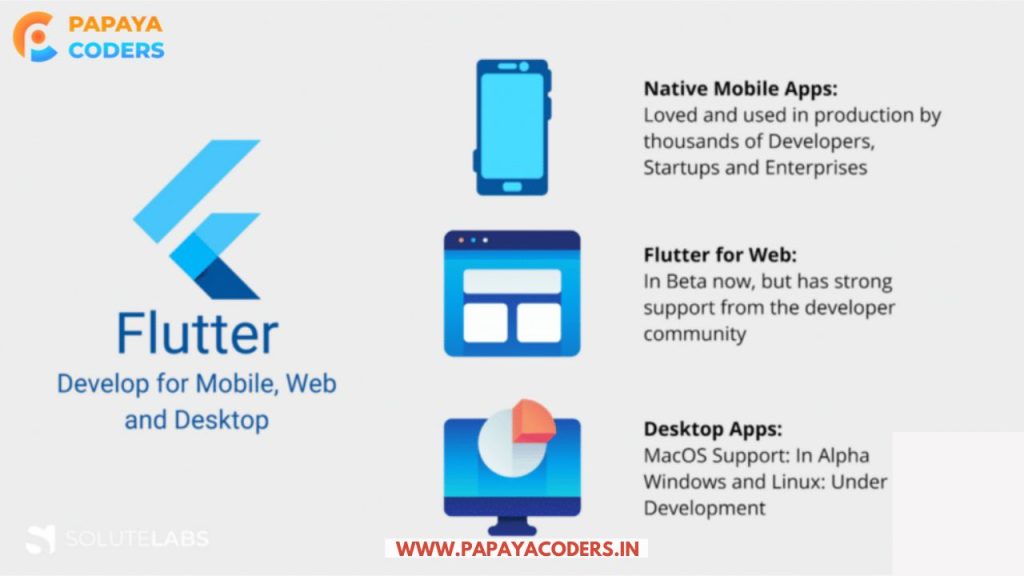
Key Features of Flutter:
- Hot Reload: This enables developers to see real-time changes in the application without restarting it, enhancing productivity.
- Widgets: Flutter offers a rich set of customizable widgets to effortlessly create complex and beautiful UI designs.
- Cross-Platform Development: Write code once and deploy it across multiple platforms, including Android, iOS, Windows, macOS, Linux, and web browsers.
- Performance: Applications built with Flutter are fast and responsive, as they compile directly into machine code.
What is Dart?
Dart is a programming language also developed by Google. Designed to be simple and powerful, Dart is the backbone of Flutter. It is optimized for building mobile and web applications, making it an ideal choice for developers working with Flutter.

Key Features of Dart:
- Object-Oriented: Dart supports object-oriented programming principles, making it easy for developers to build structured and maintainable code.
- Strong Typing: Dart ensures fewer runtime errors by enforcing strong typing.
- Asynchronous Programming: With built-in support for async/await, Dart simplifies handling asynchronous operations like fetching data from an API.
- Flexibility: Dart can be compiled into native machine code and JavaScript, enabling it to run efficiently on various platforms.
What Are Flutter and Dart Used For?
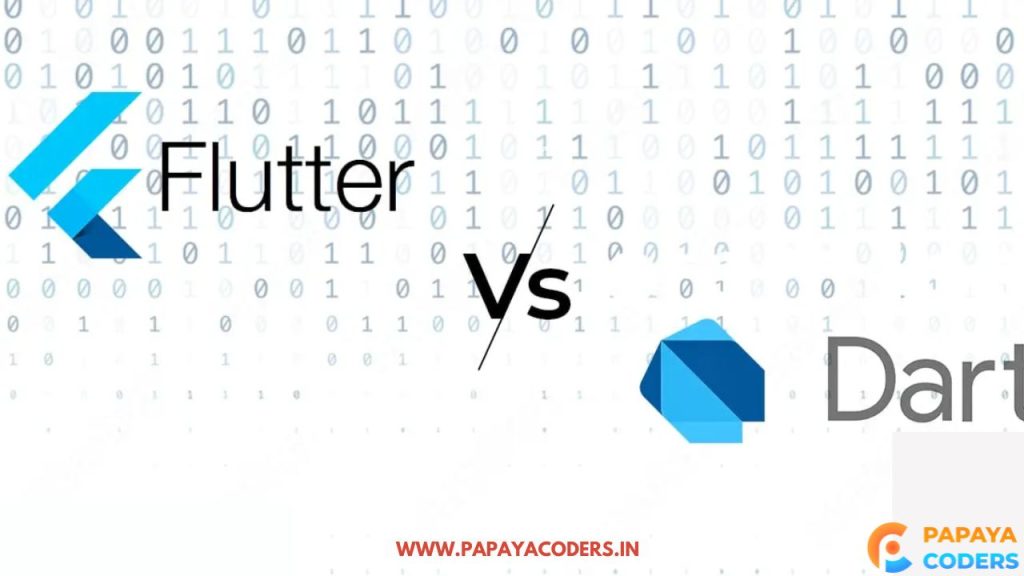
1. Cross-Platform Mobile App Development
Flutter and Dart are primarily used to build mobile applications for both Android and iOS platforms. The ability to use a single codebase reduces development time and costs significantly. Companies like Alibaba, Google Ads, and BMW use Flutter to create seamless mobile experiences.
2. Web Application Development
Flutter’s web support allows developers to create high-performance, responsive web applications. Its ability to reuse existing code for web platforms makes it a popular choice for building Progressive Web Apps (PWAs).
3. Desktop Application Development
Flutter extends its capabilities to desktop platforms, enabling developers to create Windows, macOS, and Linux applications. This feature particularly benefits businesses targeting multiple platforms with a single application.
4. Prototyping
Flutter’s hot reload and extensive widget library make it an excellent tool for prototyping. Designers and developers can quickly visualize and iterate on their ideas, saving valuable time in the development process.
5. IoT and Embedded Systems
Flutter’s lightweight nature and high-performance rendering suit building applications in the Internet of Things (IoT) space and embedded systems. Developers can leverage Flutter to create intuitive user interfaces for devices like smart displays and wearables.
Advantages of Using Flutter and Dart
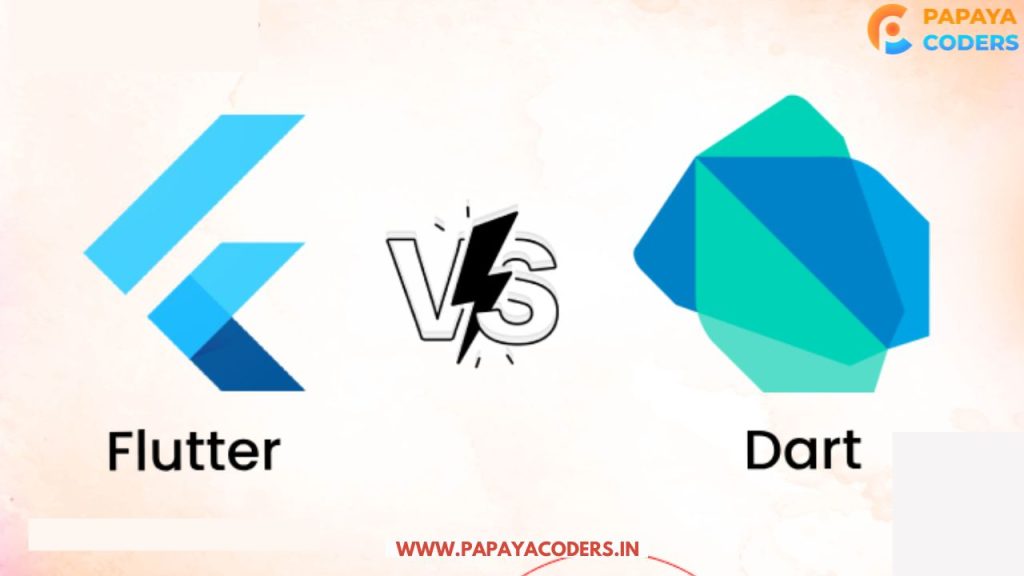
1. Unified Development Experience
Flutter and Dart allow developers to build applications for multiple platforms using a single codebase. This unified approach reduces development time and ensures consistency across platforms.
2. Cost-Effectiveness
By enabling cross-platform development, Flutter significantly reduces the need for separate teams to work on different platforms. This cost-effective solution is particularly appealing to startups and small businesses.
3. Rich User Interface
Flutter’s extensive widget library and customization options make it easy to create stunning user interfaces. Developers can design applications that deliver an exceptional user experience.
4. Fast Development Cycles
Features like hot reload and a highly efficient rendering engine speed up development. Developers can experiment and debug in real-time, leading to quicker project completions.
5. Scalability
Flutter and Dart are highly scalable, making them suitable for projects of all sizes. Whether you’re building a simple mobile app or a complex enterprise solution, this duo can handle it.
Real-World Applications
1. Google Ads
The Google Ads app, built with Flutter, allows users to manage their campaigns efficiently. Its intuitive interface and seamless performance exemplify the capabilities of Flutter.
2. BMW
BMW uses Flutter to create connected car experiences, showcasing its potential for IoT and embedded systems.
3. Alibaba
Alibaba’s Xianyu app leverages Flutter to provide millions of users a high-quality, cross-platform shopping experience.
4. Reflectly
Reflect, a popular journaling app, has been built using Flutter and Dart. Its engaging design and smooth functionality demonstrate the power of this technology.
Conclusion:
Flutter and Dart have proven to be game-changers in the app development landscape. Their ability to deliver high-quality, cross-platform applications with minimal effort has made them a favorite among developers and businesses.
Whether you’re looking to build a mobile app, a web app, or an IoT solution, Flutter and Dart provide the tools needed to bring your vision to life. Embracing this dynamic duo can help you stay ahead in the competitive world of software development.
